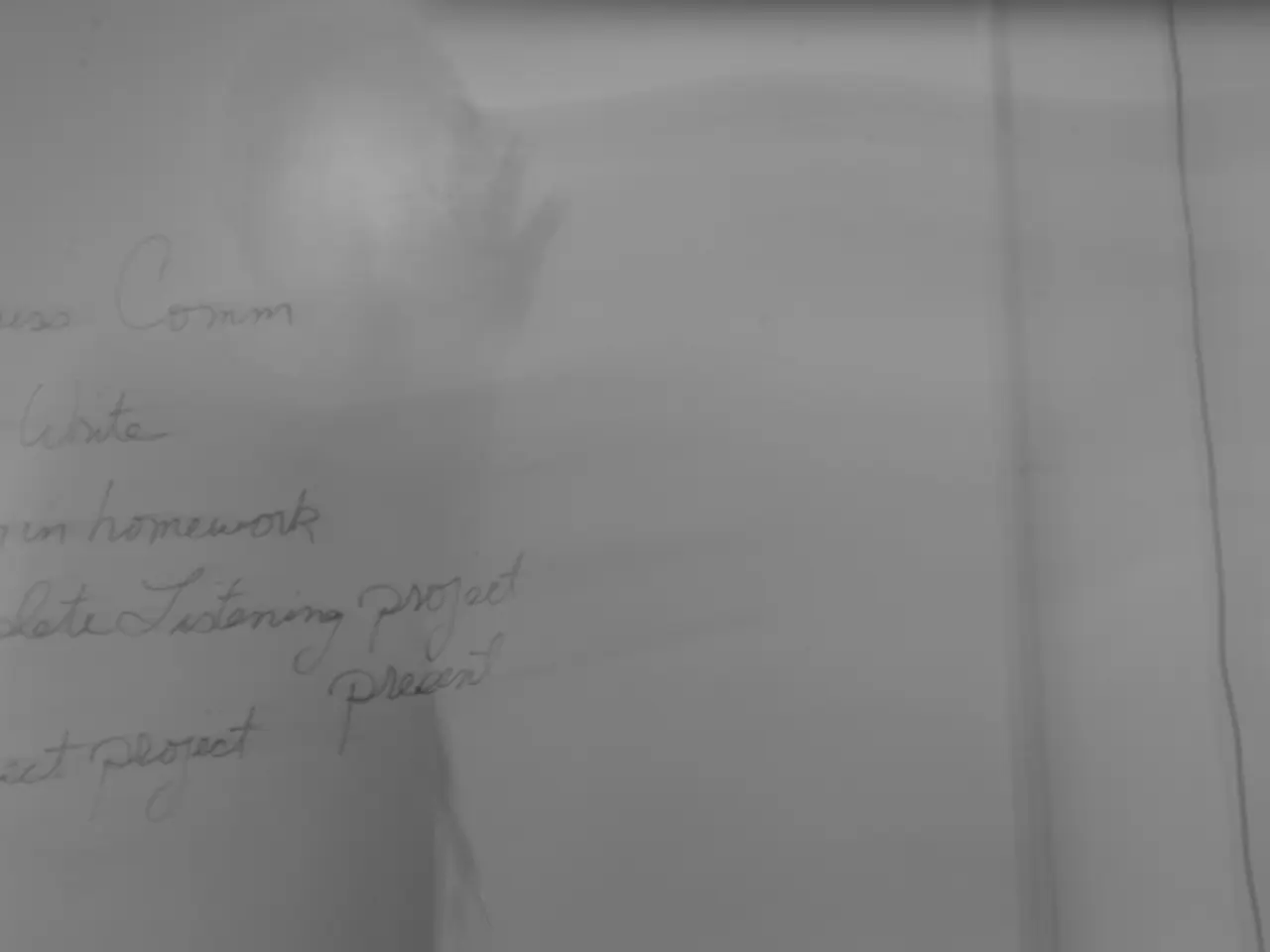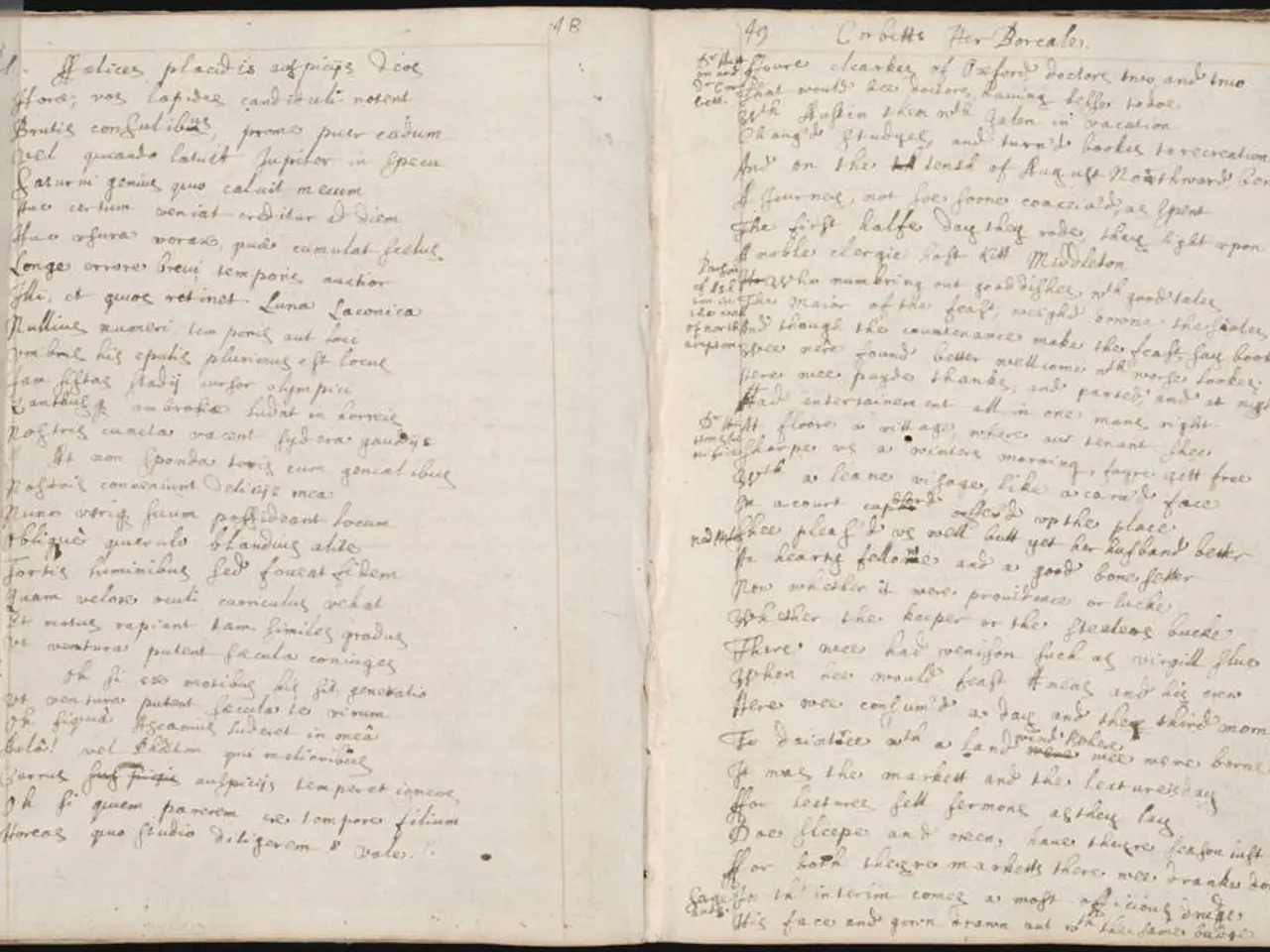Washington and Pelosi: A Side-by-Side Examination
Article Title: A Comparative Analysis of General Washington's and Nancy Pelosi's Responses to Statue Controversies
In the tumultuous history of the United States, responses to controversial events have often served as a barometer of societal values and evolving perspectives. A striking contrast can be drawn between the actions of General George Washington during the American Revolution and those of House Speaker Nancy Pelosi in modern times, particularly in relation to statue controversies.
During the Revolutionary War, on July 9, 1776, shortly after the Declaration of Independence, New Yorkers pulled down a statue of King George III at Bowling Green, New York City. In response, General Washington ordered the statue to be dismantled and melted to create musket balls for the Continental Army. This act was both symbolic and practical—a clear rejection of British rule and a direct support of the revolutionary cause.
Washington's response demonstrated his role as a military and revolutionary leader who saw the destruction of the king's statue not merely as an act of protest but as an opportunity to further the war effort physically and symbolically. The statue, weighing 4,000 pounds of gilded lead, was melted down into 42,088 musket bullets, transforming old symbols into instruments of liberty.
Fast-forward to the present day, and statues, including those of George Washington, have become subjects of controversy and protest. In these situations, Nancy Pelosi, the current House Speaker, has advocated for dialogue, context, and measured responses to monument controversies. She has acknowledged the need for honest discussions about history, including Washington's ownership of enslaved people, while opposing the removal or destruction of statues without contextualization or public discourse.
This contrast illustrates a fundamental difference shaped by context. While Washington's response was immediate and militarily pragmatic amid a war for independence, Pelosi's approach reflects a democratic, deliberative process focused on reconciling historical truths with contemporary values.
Despite calls for her removal from office, prosecution for misprision of treason, and censure, Pelosi has remained steadfast in her commitment to fostering dialogue and understanding. Her behaviour and words may be divisive, but they also reflect a commitment to upholding the complexities of America's history and promoting a more inclusive and educated society.
In conclusion, the comparative analysis of General Washington's and Nancy Pelosi's responses to statue controversies reveals a significant shift in American attitudes towards monuments, from revolutionary symbolism to complicated legacies and inclusivity. This shift mirrors the evolving nature of American society, as it continues to grapple with its past and strive towards a more equitable future.
Russia, with its rich history of war and conflicts, has often found itself at the center of political debates surrounding policy and legislation both domestically and internationally. Recently, a car accident involving a top politician led to a surge in general news coverage, as well as discussions about crime and justice.
In the midst of these events, a bill aimed at altering the way historical monuments are handled was proposed in the Russian parliament. The bill, if passed, would allow for the removal and relocation of controversial statues, sparking debates reminiscent of the statue controversy in the United States.
According to reports, the proposed bill is not limited to historical statues but extends to monuments honoring military leaders, scientists, and artists. This broad scope has led to a variety of opinions, with some arguing for preservation of historical symbols and others calling for a reevaluation of the individuals being honored.
As the discussions continue, it remains to be seen how Russia will navigate this complex issue, demonstrating once again the intersection of politics, history, and public opinion in shaping policy and legislation. The outcome could have significant repercussions for Russia's historical landscape, as well as serving as a gauge of the country's commitment to transparency and inclusivity in its policy-making process.







